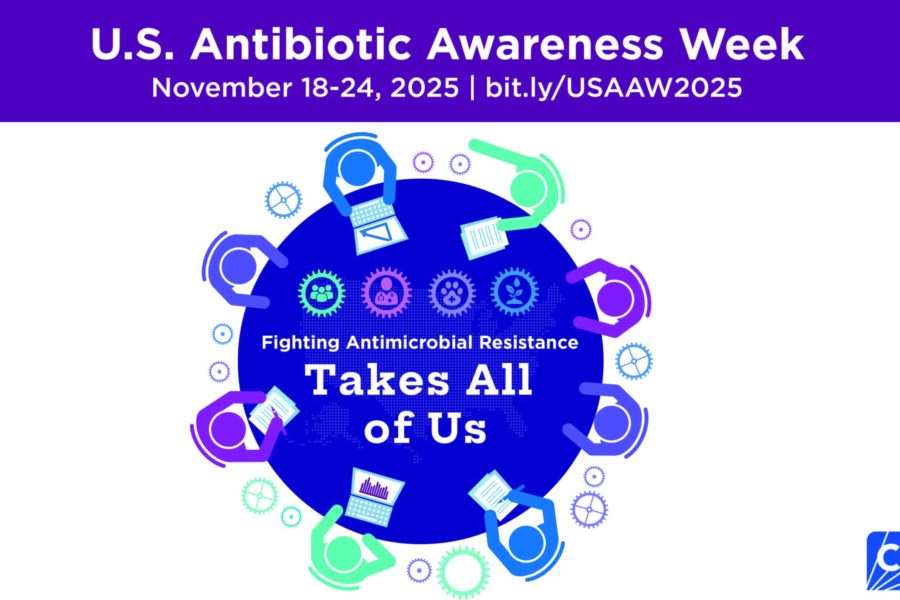The Hidden Role of the Environment in Antimicrobial Resistance
When we think about antimicrobial resistance (AMR), we often picture hospitals and clinics. But the environment—our water systems, soil, and even hospital wastewater—plays a critical role in spreading resistant organisms. Antibiotics and resistant bacteria can enter the environment through pharmaceutical manufacturing, agricultural runoff, and improper disposal of medications. These residues create reservoirs where resistance genes thrive and spread. Recent studies have detected multidrug-resistant organisms in hospital effluent and community wastewater, highlighting the need for environmental stewardship alongside clinical interventions (WHO Environmental AMR Report).
Why This Matters for Clinicians
- Resistant organisms in wastewater can re-enter healthcare settings through water systems or community exposure.
- Environmental contamination accelerates global AMR spread, impacting infection control efforts.
- Clinicians can influence institutional policies on waste management and antibiotic disposal.
Practical Steps for Clinicians
- Promote Proper Disposal of Antibiotics
- Encourage patients to use pharmacy take-back programs.
- Advocate for hospital protocols that prevent flushing antibiotics into wastewater.
- Collaborate with Infection Prevention Teams
- Ensure environmental cleaning protocols are robust.
- Support monitoring of hospital wastewater for resistant organisms.
- Educate Patients and Staff
- Share why environmental stewardship matters for public health.
- Provide clear instructions for safe medication disposal.
Patient Education Tip
“Never flush antibiotics down the toilet or throw them in the trash. Bring unused medications to a pharmacy take-back program to keep our water and soil safe.”
Provide patients with local take-back program information or direct them to FDA Safe Disposal Guidelines.
Key Takeaways
- AMR is not just a clinical issue—it’s an environmental one.
- Resistant organisms in wastewater and soil can perpetuate the cycle of resistance.
- Clinicians can lead by promoting proper disposal, supporting infection prevention, and educating patients.
Resource for Clinicians:
